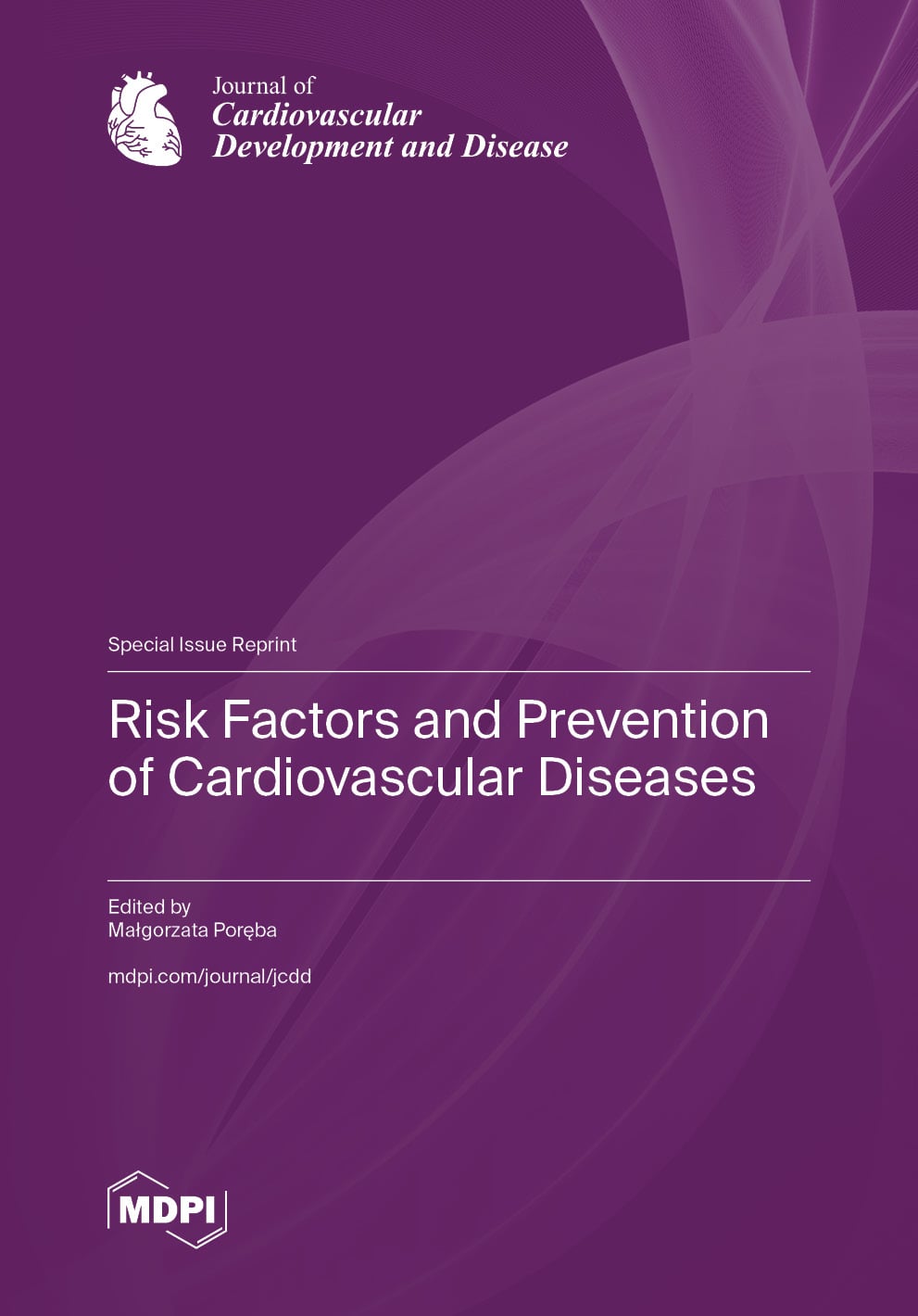- 2.3Impact Factor
- 3.7CiteScore
- 25 daysTime to First Decision
Journal of Cardiovascular Development and Disease
Journal of Cardiovascular Development and Disease (JCDD) is an international, peer-reviewed, open access journal on cardiovascular medicine, published monthly online by MDPI.
Indexed in PubMed | Quartile Ranking JCR - Q2 (Cardiac and Cardiovascular Systems)
All Articles
News & Conferences
Issues
Open for Submission
Editor's Choice
Reprints of Collections

Reprint
Advances in Cardiovascular Imaging
An Exciting Future to Revolutionize the Diagnosis and Management of Cardiovascular DiseaseEditors: Zhonghua Sun


